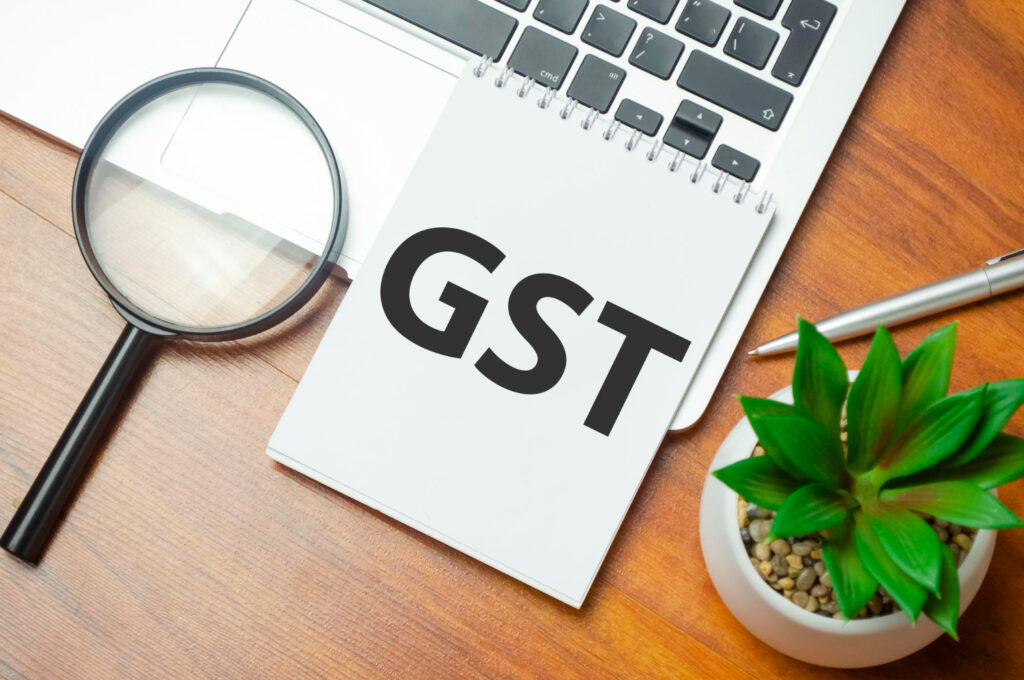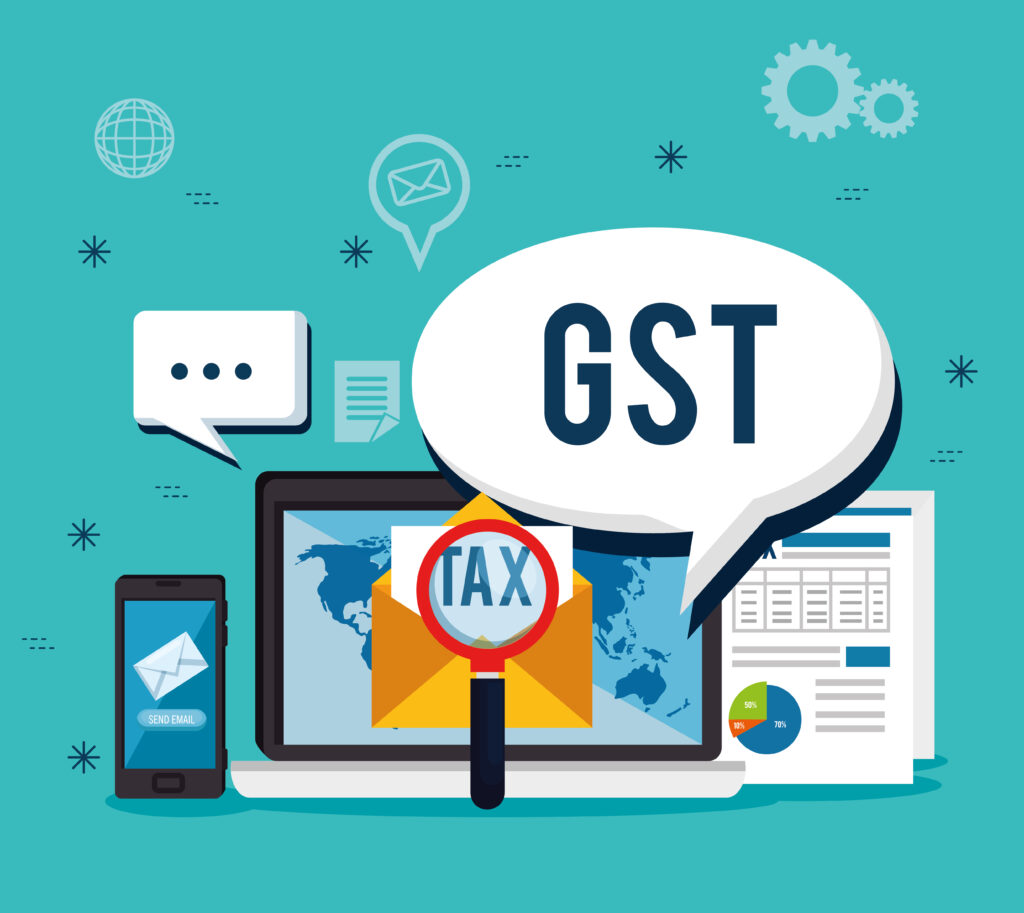The Goods and Services Tax (GST) has been one of the most significant tax reforms in India’s economic history. Introduced in July 2017, GST aimed to simplify indirect taxation by subsuming multiple taxes such as VAT, excise duty, service tax, and entry tax into a single framework. Over the years, however, GST has gone through multiple revisions in rates, compliance procedures, and policy interpretations.
As India moves towards Next-Gen GST Reforms in 2025, the focus is shifting to creating a simpler, more transparent, and taxpayer-friendly system. One of the key areas under review is the restructuring of tax slabs, where old rates are being compared with the new rationalized ones. These reforms are expected to not only make compliance easier but also enhance revenue collection and economic growth.
Evolution of GST in India

Early Structure (2017–2019)
- GST initially had five major tax slabs: 0%, 5%, 12%, 18%, and 28%.
- Essential items such as food grains were kept at 0%, while luxury items and sin goods like tobacco and aerated drinks attracted the 28% slab with additional cess.
- Small businesses faced challenges in adapting to GST compliance and filing multiple returns.
Mid-Term Revisions (2019–2022)
- To address industry demands, several items were shifted from higher to lower tax slabs.
- Compliance was eased with the introduction of GSTN portals, QRMP (Quarterly Return Monthly Payment) scheme, and e-invoicing for businesses above certain thresholds.
- Revenue leakage due to input tax credit (ITC) frauds became a major concern.
Towards Next-Gen GST (2023–2025)
- Policymakers and the GST Council emphasized reducing the number of slabs to simplify classification.
- Technology-driven compliance such as AI-based GST monitoring systems, auto-reconciliation tools, and real-time fraud detection was introduced.
- In 2025, discussions on merging the 12% and 18% slabs into a single 15% standard rate gained momentum.
Old GST Rates vs New GST Rates

The Next-Gen GST reforms are designed to address the complexity of multiple slabs and create a more predictable tax environment. Below is a comparison of old vs. new GST rate structures:
| Category | Old Rates (2017–2023) | New Rates (2025 Reforms) |
|---|---|---|
| Essential Goods (food grains, fresh vegetables, milk) | 0% | 0% (unchanged) |
| Mass Consumption Items (packaged food, footwear under ₹1,000, household items) | 5% | 5% (unchanged) |
| Standard Goods & Services (processed food, small appliances, insurance, telecom) | 12% | 15% merged rate |
| General Goods & Services (restaurant services, electronics, air conditioners) | 18% | 15% merged rate |
| Luxury & Sin Goods (tobacco, aerated drinks, SUVs, five-star hotel stays) | 28% + cess | 28% + cess (unchanged) |
Key Features of the New GST Rate Structure
- Merging of 12% and 18% Slabs into 15%
- The dual mid-level slabs often caused confusion and litigation.
- A single 15% standard rate simplifies classification and reduces disputes.
- Retention of 5% and 28% Rates
- Essential goods remain at 5%, ensuring affordability.
- Luxury goods and sin products continue to attract 28% plus cess to discourage excessive consumption.
- Technology-Driven Compliance
- AI tools now auto-classify goods and services, minimizing human errors.
- Businesses benefit from faster refunds, automated ITC matching, and reduced compliance costs.
- Ease for Small Businesses
- Threshold for mandatory GST registration increased to ₹60 lakh annual turnover.
- Composition scheme turnover limit revised upwards, offering relief to micro, small, and medium enterprises (MSMEs).
Impact of Next-Gen GST Reforms
1. For Businesses
- Simplified Filing: Fewer tax slabs mean fewer disputes over classification.
- Lower Litigation: Merging slabs reduces scope for misinterpretation.
- Reduced Working Capital Blockage: Faster refunds through AI-enabled processing.
2. For Consumers
- Price Stability: With 12% and 18% merged into 15%, some products may see slight price hikes, while others may become cheaper.
- Affordability of Essentials: Retaining 5% slab ensures essential commodities remain accessible.
3. For Government
- Higher Compliance: Simplification encourages voluntary compliance.
- Revenue Growth: A balanced tax structure increases revenue without overburdening taxpayers.
- Reduced Tax Evasion: AI and blockchain-based monitoring curb fake invoicing.
Sector-Wise Impact of New GST Rates
E-Commerce & Retail
With uniform 15% GST, classification disputes on online sales are minimized. This encourages e-commerce giants and small sellers alike to operate more transparently.
Hospitality & Tourism
Mid-range hotels previously taxed at 18% will now fall under 15%, making travel more affordable. However, luxury hotels remain at 28%.
Automobile Sector
Entry-level cars may benefit from the standard 15% slab (earlier 18%), while SUVs remain under 28%. This may push sales in the affordable vehicle segment.
Food & Beverages
Packaged and processed foods taxed at 12% will move to 15%. This could slightly increase costs for consumers but benefit government revenues.
Insurance & Financial Services
Shifting from 18% to 15% will make insurance products more attractive, boosting penetration in Tier-II and Tier-III cities.
Expert Opinions
- Economists argue that a 15% standard rate strikes a balance between revenue generation and taxpayer relief.
- Industry Bodies like CII and FICCI welcome reforms but urge gradual implementation to avoid shocks.
- Small Businesses appreciate higher exemption limits but seek further simplification in GST return filing.
Challenges Ahead
While the reforms look promising, some challenges remain:
- Revenue Neutrality – Balancing government revenue while reducing rates.
- Transition Issues – Businesses may face short-term disruptions adapting to new slabs.
- Consumer Price Adjustments – Certain goods may see temporary price hikes, leading to inflationary concerns.
- State Revenues – Since GST is shared between Centre and States, compensation to states may become a debate.
Conclusion
The Next-Gen GST Reforms of 2025 mark a turning point in India’s taxation landscape. By merging the 12% and 18% slabs into a single 15% rate, the government has taken a bold step towards simplification, efficiency, and transparency.
While challenges such as state revenue distribution and transition hiccups remain, the reforms are expected to boost compliance, reduce disputes, and enhance investor confidence.
For businesses, it means smoother operations. For consumers, it ensures fair pricing. And for the government, it strengthens the revenue base while keeping the system taxpayer-friendly.
As India continues its journey towards becoming a $5 trillion economy, the Next-Gen GST reforms are poised to play a crucial role in streamlining taxation and driving growth.

